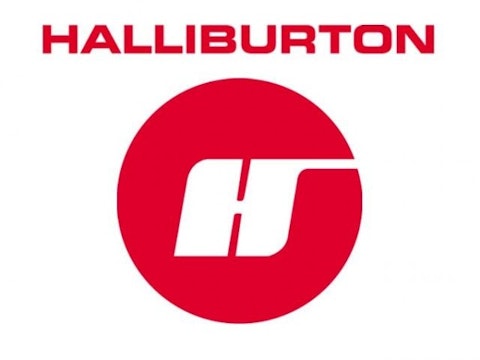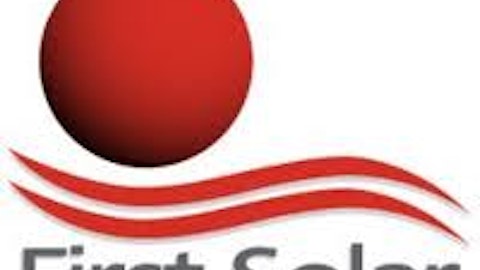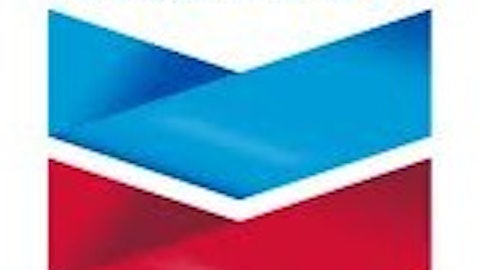The US is undergoing a structural change in the energy sector. We are now producing more crude oil than the year before. For the majority of the 21st century, US oil production fell. But with the advent of hydraulic fracking, US oil production rose from 5 million barrels per day (BPD) in 2008 to over 7 million BPD today.
States like North Dakota are leading the charge, with North Dakota’s oil production going from 126,000 BPD in 2005 to over 700,000 BPD today. Analysts expect North Dakota to hit 1 million BPD by 2015. All of that oil has caused North Dakota to run a large budget surplus, create a rainy day fund, and have a 3% unemployment rate. Other states like Texas have been cashing in on the wealth as well.

How companies frack
Exploration and production companies pay Halliburton Company (NYSE:HAL) to come to a drilling site and frack the well for them. Halliburton sells both the fracking service and the fluids used (which are composed mainly of sand, water, and an assortment of chemicals) to open up the well.
Fracking can open rock formations containing crude and natural gas that weren’t accessible before, and it can stimulate production at sites that are already producing oil and natural gas. The Bakken Oil Field in North Dakota (with an estimated 18-24 billion barrels of recoverable oil) has been known for decades, but it wasn’t until 2006 that companies could actually get the oil out of the ground at a reasonable price. Without companies like Halliburton Company (NYSE:HAL), that oil wouldn’t be recoverable and the oil boom would have never happened.
US margins
Halliburton gets 56% of its revenue from North America, but has been looking elsewhere for growth as margins contract. In its latest quarter, its North American operating margin fell to 12.4%. Going forward things don’t look so bad, as guar gum prices come down and natural gas prices go up, boosting the rig count for natural gas rigs.
Guar gum is an important part of the fracking fluid solution, and hydraulic fracking uses up around 90% of all guar gum consumed. With guar gum prices rising to $11 a pound in 2011, companies like Halliburton Company (NYSE:HAL) had their margins slashed as input costs rose. But with guar gum prices in the $4-5 per pound range and likely to stay there, Halliburton will see significant margin expansion.
2013-2015 turnaround
One thing that hurt Halliburton Company (NYSE:HAL)‘s North American division was the sharp drop in natural gas rig count due to low natural gas prices. Prices were as low at $2 per million British thermal units (mmBtu), and no producer, not even Exxon Mobil Corporation (NYSE:XOM), can make money at that level. This reduced the natural gas rig count to 375, down sharply from 881 in 2012.
The outlook is much brighter, as natural gas prices have rebounded to $4.1 mmBtu, which is at the point where it is almost profitable, which is around the $5 mmBtu area. Exxon Mobil Corporation (NYSE:XOM) is the largest natural gas producer in the US after its acquisition of XTO Energy for $41 billion. Looking back, Exxon Mobil Corporation (NYSE:XOM) paid a hefty premium for a soon to be unprofitable enterprise.
With natural gas prices rebounding, demand for fracking and other oilfield services will increase, thus boosting both Halliburton’s margins and also its top line. Natural gas exports from the US to the rest of the world are slated to begin in 2015 pending regulatory approval and the completion of LNG export terminals. With natural gas prices abroad trading at a significant premium to US prices ($11-$13 in Europe, $16-$17 in Asia), natural gas production will increase in the US as demand increases, which will boost rig count.
Management sees US rig count declining in 2013, to rebound later on in the year. Analysts at Credit Suisse see the US rig count increasing by 130-170 this year, which could provide upside to earnings if managements’ guidance is beaten.


